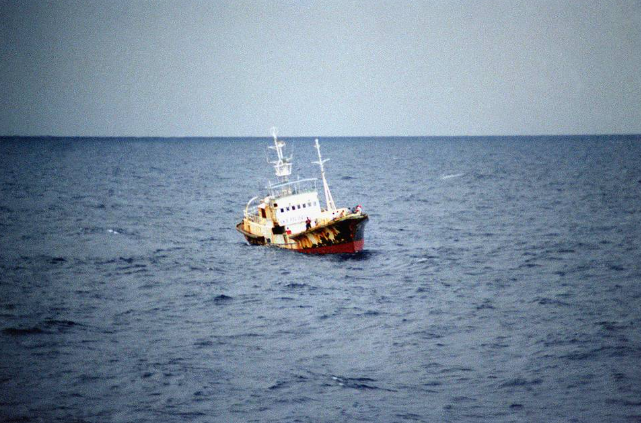
Was this the instant when America rejected decades of maritime law enforcement tradition for high-seas military intervention? The sinking of a Venezuelan ship in the south Caribbean by American forces killing 11 suspected members of the Tren de Aragua gang has not only raised Washington’s counter-narcotics profile but also deep questions about the convergence of naval warfare strategy and what previously had been a Coast Guard-directed policing mission.
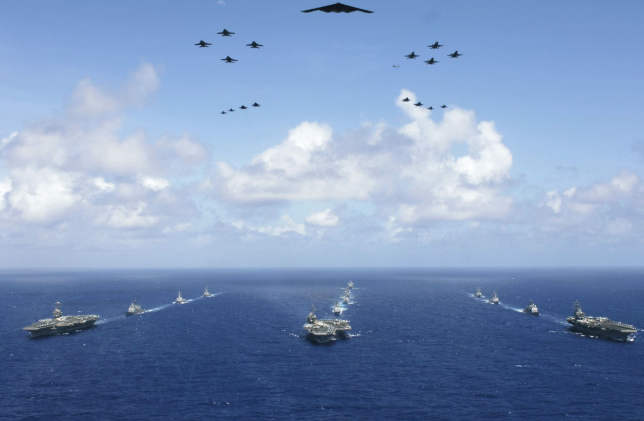
1. From Interdiction to Kinetic Strike
For half a century, U.S. maritime counter-narcotics have had their foundation in the Coast Guard’s legal basis under the Maritime Drug Law Enforcement Act, focusing on interception, boarding, and arrest. Typical escalation procedures radio hails, warning shots, disabling fire were intended to save lives while securing evidence. In this instance, those procedures were circumvented. Secretary of State Marco Rubio said succinctly, “Instead of interdicting it, on the president’s orders, we blew it up. And it’ll happen again.” The change represents the first known deadly attack on a suspected drug ship since the warships were sent to the area.
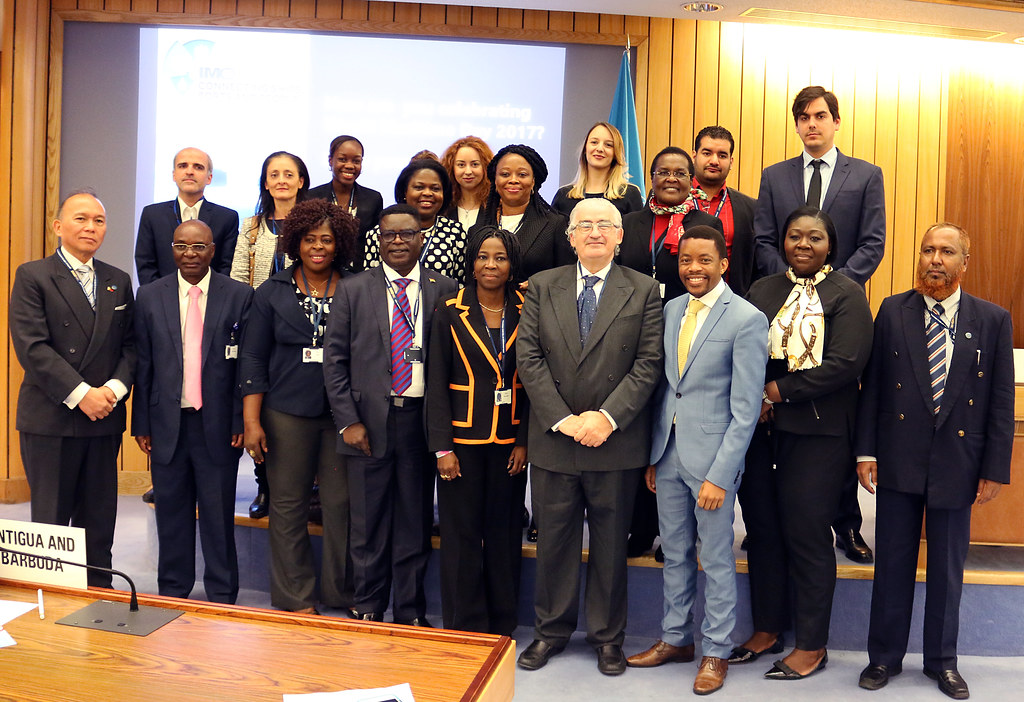
2. Legal Boundaries and Rules of Engagement
International maritime law, specifically Article 2(4) of the UN Charter, limits the use of force against foreign ships on the high seas to instances of self-defense against an armed attack or threat of imminent attack. Georgetown’s Anthony Clark Arend added, “There has been no evidence presented that the vessel was being involved in an armed attack or was going to be being involved in an armed attack.” Critics suggest that the strike could qualify as an extrajudicial killing, while the administration describes it as collective self-defense against a Foreign Terrorist Organization. The U.S. is not a signatory to the UN Convention on the Law of the Sea but has traditionally behaved in accordance with its principles.
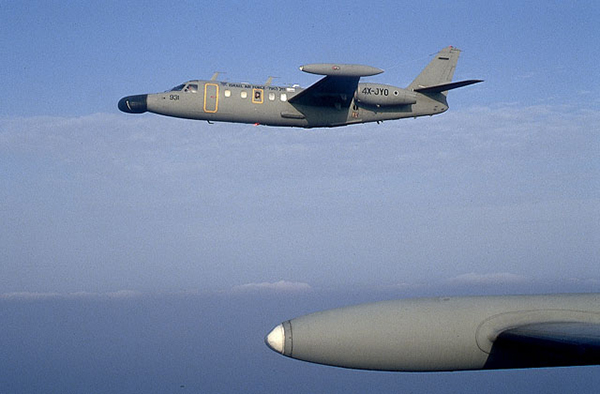
3. Intelligence, Targeting, and Surveillance Assets
The success in operations of such an attack depends on high-end detection and identification sensors. The interdiction network in the Caribbean is buttressed by Joint Interagency Task Force–South, which integrates satellite intelligence, maritime patrol aircraft, and allied naval intelligence. Contemporary U.S. Coast Guard and Navy cutters employ surface search radar, electro-optical sensors, and UAVs like the ScanEagle to monitor low-profile vessels. In this case, details regarding whether the targeting data was provided by manned aircraft, shipborne sensors, or persistent satellite coverage have not been released.
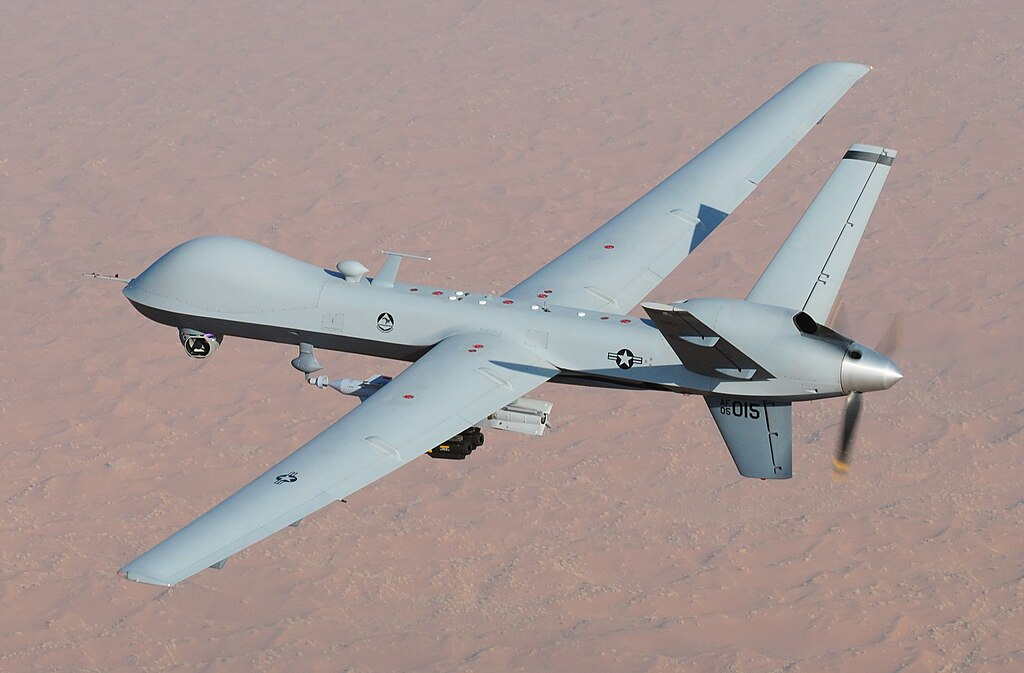
4. The Role of Unmanned Aerial Systems
Unmanned vehicles are now crucial in maritime interdiction. The MQ-9 Reaper, with over 27 hours of endurance and equipped with synthetic aperture radar and high-resolution EO/IR sensors, has been employed in counterterrorism and counternarcotics operations. The strike could have been performed by a Reaper or an armed helicopter, representing a crossover of counterterrorism strike doctrine into drug enforcement.
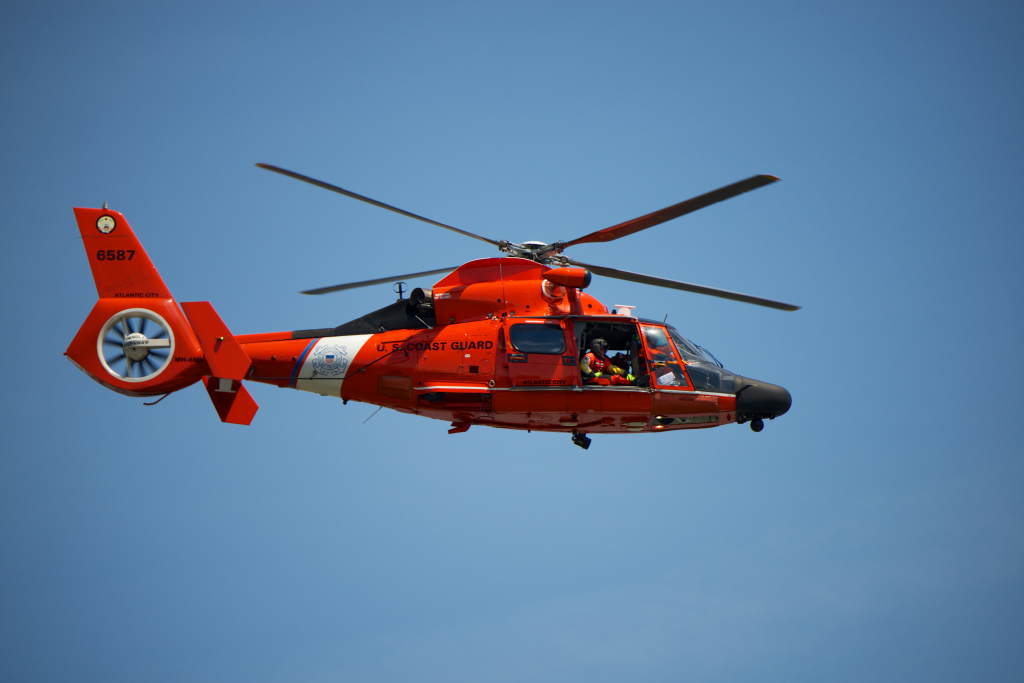
5. Fast Boats and Smuggling Vessel Design
The targeted vessel was said to be a small, high-speed boat a “go-fast” designed for evading patrol boats. The boats usually carry several outboard motors and hold fuel drums to increase range, with drugs hidden in the bow. They are hard to detect on radar because of low profiles and low radar cross-section. The Coast Guard’s Helicopter Interdiction Tactical Squadron (HITRON) was created to thwart such vessels, employing guided rifle fire to knock out engines instead of sinking the boat entirely.
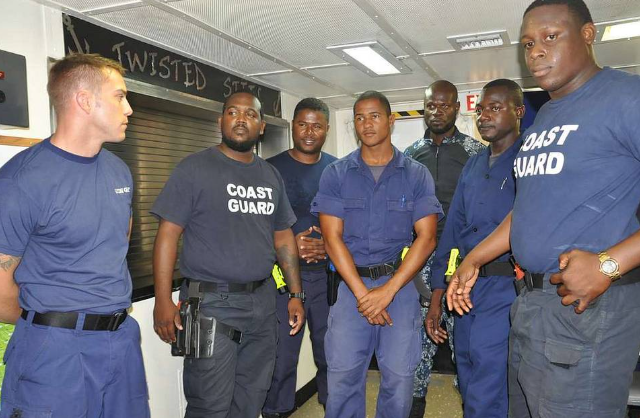
6. Historical Context of Maritime Drug Enforcement
Since the 1970s, US maritime drug interdiction has graduated from confiscating marijuana-filled fishing vessels to interdicting semi-submersibles with multi-ton shipments of cocaine. The Drug Trafficking Vessel Interdiction Act of 2008 made it a crime to operate unflagged submersibles even without the presence of contraband. The model of operations based on layered detection surface vessels, air, and allied coordination was followed by legal seizure and prosecution. The current strike diverges dramatically from this law enforcement model.

7. Strategic and Diplomatic Risks
Retired Rear Adm. William Baumgartner cautioned, “This will discourage the rest of the international community from cooperating with the United States and will cause a great deal of harm to our ability to solve this problem.” The success in counter-narcotics for the U.S. has relied on multinational task forces and bilateral boarding agreements. A one-sided fatal attack in the open sea threatens to destroy these frameworks and may be seen by Venezuela as an act of war, particularly in the context of increased naval deployments on both sides.
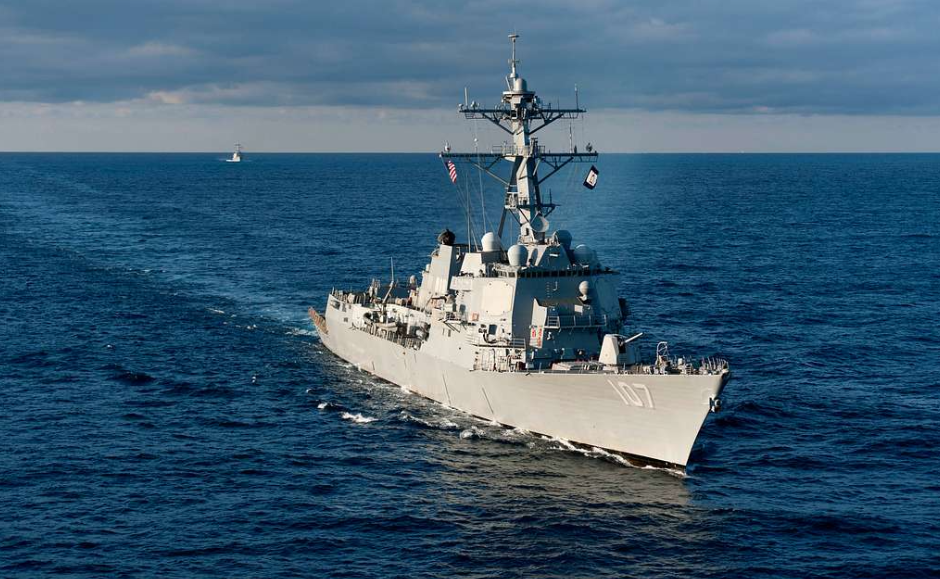
8. Technology, Policy, and the Future of Maritime Operations
The technological capability for monitoring and attacking targets distant from U.S. shores has run ahead of legal and diplomatic structures of governance of such actions. Region warships like the USS Lake Erie, USS Gravely, and USS Fort Lauderdale possess sophisticated Aegis radar, long-range sensors, and precision guns. These assets applied to counter-narcotics blur combat power projection with law enforcement, setting the stage for whether interdictions of the future will be regulated by combat rules of engagement or judicial process.

The strike’s video, which President Trump released, depicted a small boat racing across open waters before being destroyed. Whether a key victory against narco-trafficking or a risky precedent in maritime action, the incident marks a radical change in the way that the United States will patrol the seas in the future.

